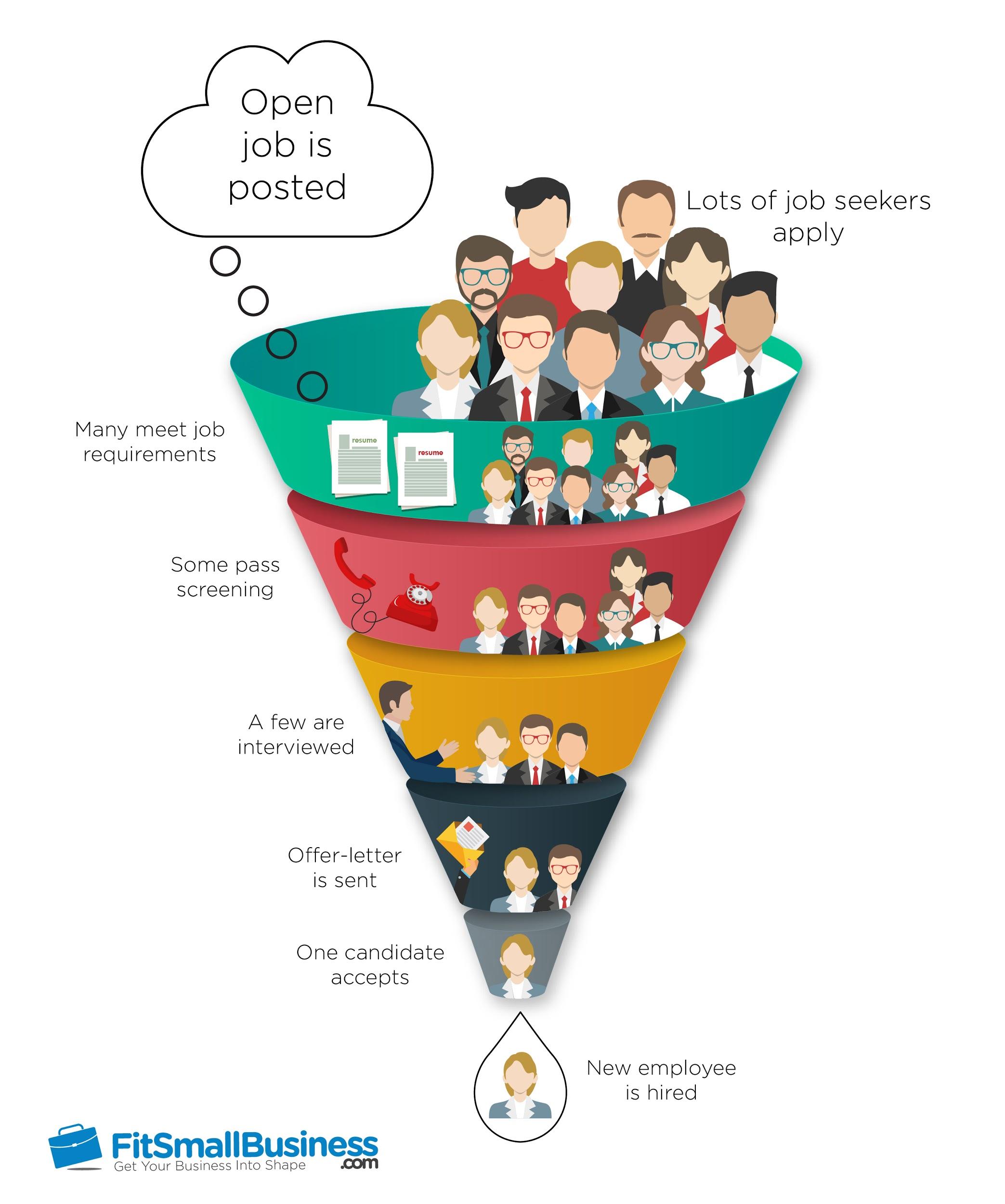
What is Applicant Tracking System (ATS)?
Recruitment of human capital can be an arduous and time-consuming process, especially if you have to go through thousands of job applications to find the right candidate for a position.
Some recruiters can get overwhelmed with the tons of job applications to process; therefore, they do not bother going through these applications and instead rely on other means such as reference, especially from existing employees.
Advertisement
An Applicant Tracking System (ATS) supports recruiters by managing various aspects of collecting, sorting, and processing job applications based on a filtering system. Due to decreasing cost of the ATS technology, even small organizations are now increasingly relying on it, with https://bit.ly/3cOquRH projecting the ATS market size will reach USD 1.81 billion by 2023.
Once the ATS, narrows down job applications to a smaller number, recruiting staff members will often continue with the application process.
How does it work?
The process usually starts with an online job application, where the system collects job application requirements such as CV, application letter, and other relevant documents. At the application stage, pre-defined fields are used to make it readable by ATS. It means if a job applicant does not provide an application in the required manner, such an application risks not being processed at all.
ATS stores all job applications in one place, making it easy for a recruiter to have access at the click of a button. Most countries expect recruiters to be Equal Employment Opportunity (EEO) compliant and the ATS helps in this direction. The essential advantage of any ATS is assisting recruiters to save a lot of time by automatically extracting top candidates out of numerous applications.
The critical feature of ATS includes data management and storage, which means recruiters can access, search and sort through this database using a given parameter, such as looking for persons with several years of experience or a particular skill set. Also, a typical ATS provides a recruiter with a birds-eye view of applications to do a top-level assessment of what is in the pool.
Another feature of ATS is automatic ranking, where the system is based on a given parameter such as crucial requirement in a job description to score applicants on how well they fit the job.
The challenge
Given that most private, public organizations and governments are using ATS, it is imperative for a candidate to write up a CV in a manner that is optimized for ATS algorithms. It means having a good CV is not enough; the ability to present the CV in a way that can make it easier for ATS to process becomes vital if you want a better chance of landing a job.
Not presenting CV information in a way that allows the ATS algorithms to easily pick crucial information such as educational qualification, years of experience etc. may impact negatively on the success of an application because recruiters do not have access to the original CV, and will have now-way of accessing such missing information.
Some ATS processing algorithms are not very intelligent or are not trained with the latest data; therefore, some information on the applicant’s CV can be distorted. Some argue that no system can be perfect, and the ATS does highlight top candidates for a given job, but as in real life, some applicants will fall through the cracks, therefore, persons without the skills to optimize their CVs may not stand a chance even if they are the best candidate for a position.
The recommendation is for job applicants to create an ATS-friendly CV by keeping it simple, maintaining consistent formatting through the CV, using one format of dates, avoiding tables, diagrams, and pictures etc.
Further they must ensure keywords in your CV match the job description and make use of both acronyms and long forms of the words used in the CV, for example, Ph.D. (Doctor of Philosophy).
Also, an applicant must follow strictly and required formats by ATS such as text file or .pdf file, or .docx file.
In conclusion, applicant tracking systems are here to stay; therefore, employers should take steps to ensure their ATS is user-friendly, does not discriminate, and, when applicable, create an opportunity to receive an application from persons who cannot rely on ATS. For a future job applicant, learn about, and understand how ATS works and then learn how to format and optimize job applications for online applications which are likely to use ATS.
Kwami Ahiabenu, II is a Technology Innovations Consultant
E-mail: [email protected]



